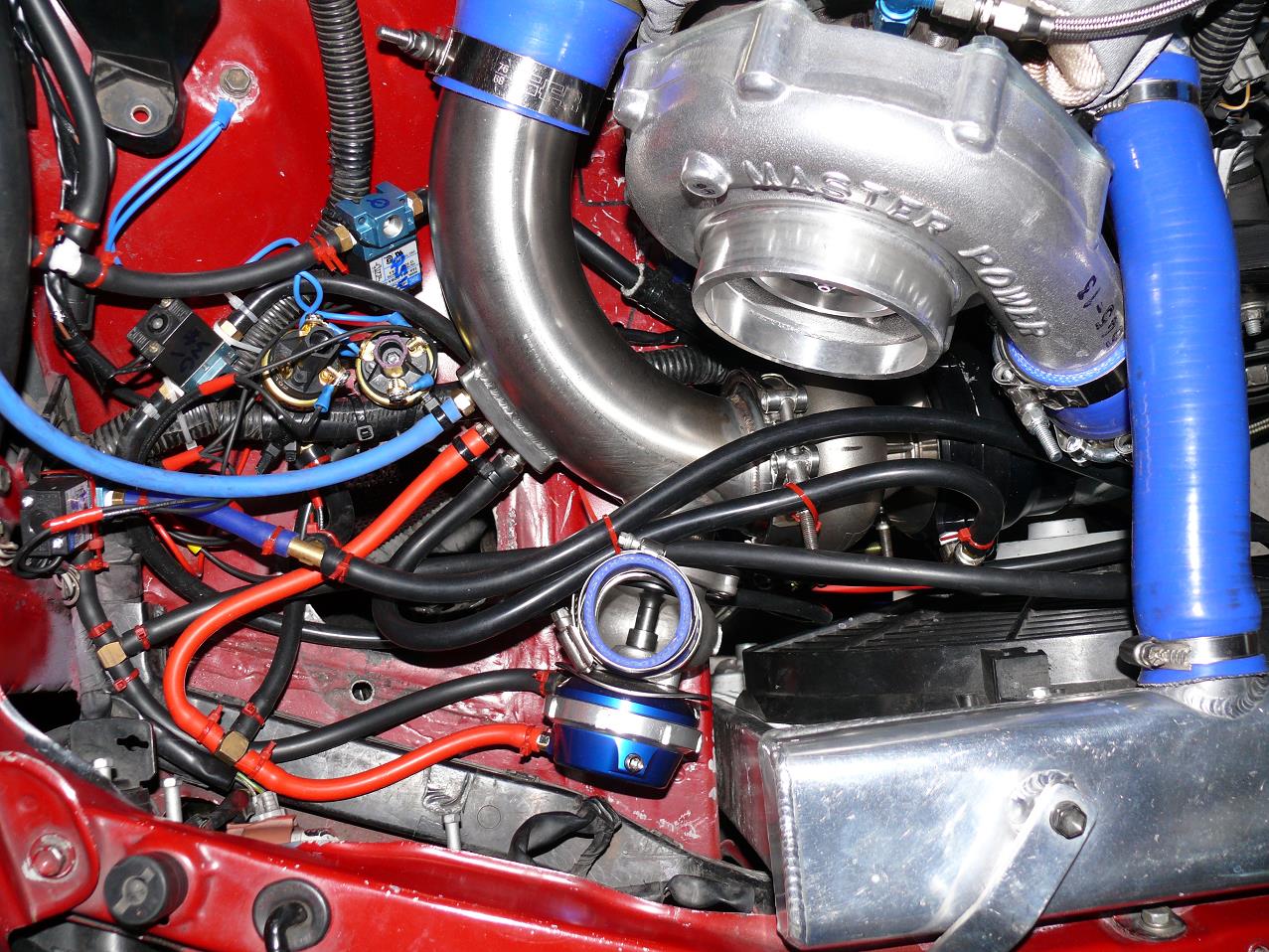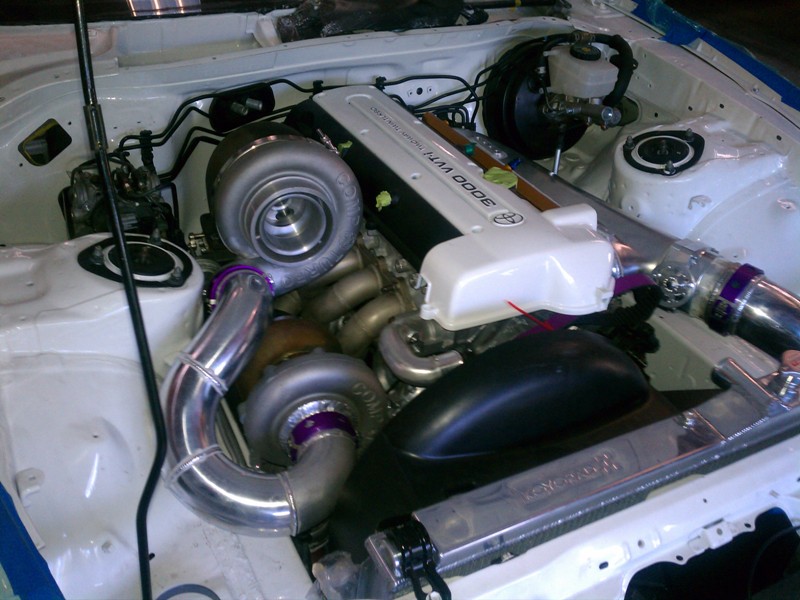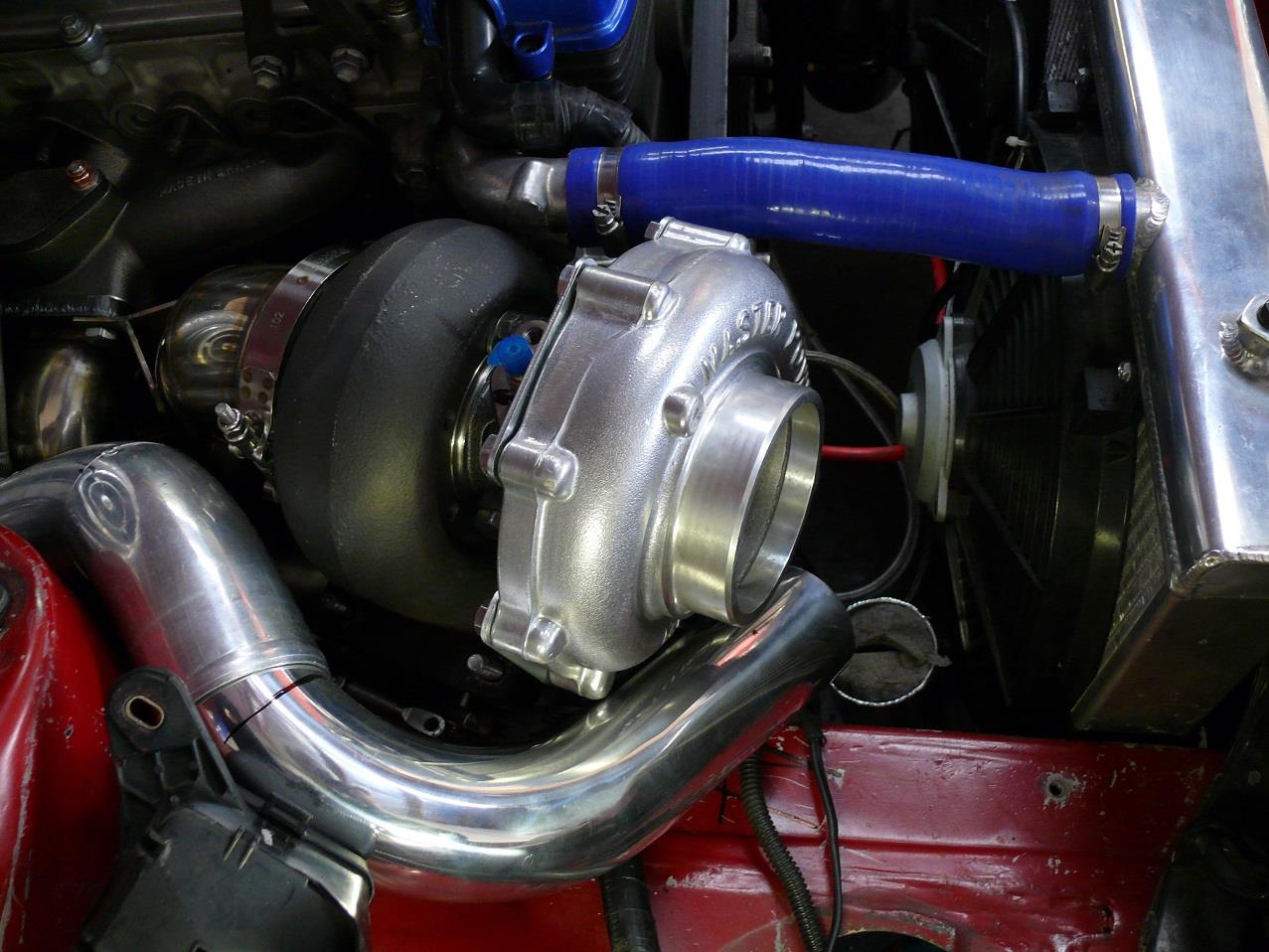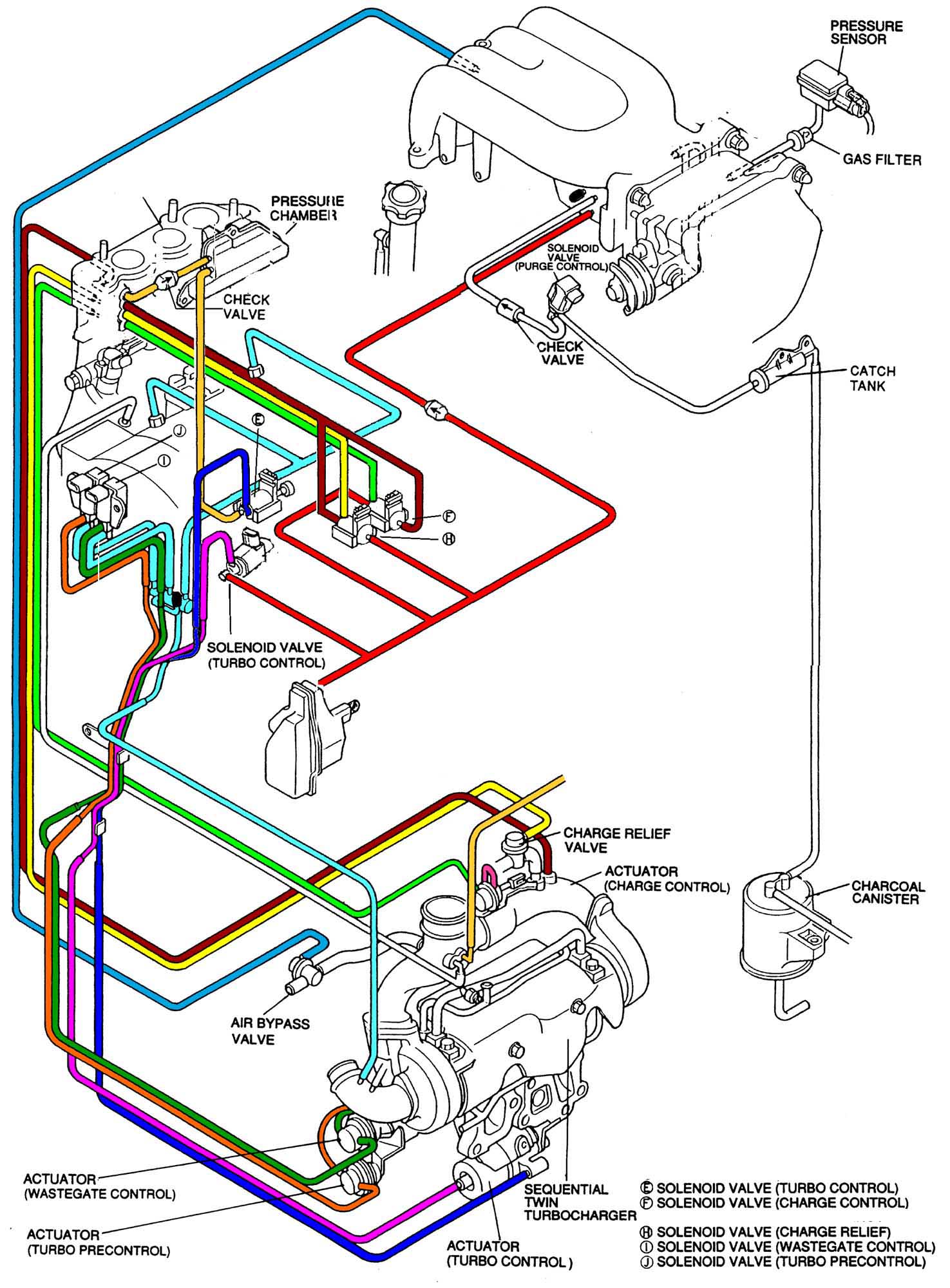
The purpose of sequential turbocharging is to keep boost across a wider rev band, ensuring the car doesn’t feel underpowered at low engine speeds. While parallel turbos help to reduce lag and improve response, the car still exhibits lag at the lower end. Sequential turbos are generally two different sizes whereas parallel systems usually feature identical turbos. How Are They Different From Parallel and Sequential Systems?īoth systems feature two turbochargers. To learn more, let’s get a better understanding of what sequential and parallel forced induction systems are, and how they function. What if you want to generate the same power in a diesel engine? Well, it can’t rev as high as a gas powered car, so the only way is to multiply the boost pressure at delivery using compound turbos. Well, sequential and parallel turbocharging are usually found in gasoline cars, where there are revs to play with. On the other hand, compound systems features two turbos working in series. Sequential turbocharging uses turbos of different sizes operating at separate rpm bands, whereas in parallel turbocharging, two turbos of the same size act as one large unit.

While it’s true to a small extent, compound turbos function very differently to twin turbos, be it sequential or parallel arrangements. Many people confuse this system to yet another variation of twin-turbocharging. We’ll run you through what they are, how they differ from other twin-systems, and their biggest advantages. If you want to learn more about compound turbo setups, read on. But the real fun begins when two are involved. Using a turbo meant extracting more power from an existing setup, all with little to no loss in efficiency.įrom hearing the sweet wastegate whistle to producing monstrous output, a turbocharger has the power to make any boring car or truck feel cool, too. Take that, 6.4L Power Stroke elitists.As a simple enough bolt-on addition, turbochargers have contributed a lot to the development of motoring. For towing, this setup would be ideal with all of its low-end power coming out of the compound chargers. And it was completely smoke-free during our test drive in Monroe, WA. It spools super quick and builds boost up to and over 60 psi in a rapid, controllable manner. It builds loads of low rpm torque and rockets down the road with one of the smoothest power curves we've ever felt. The transmission had some Sun Coast treatment to handle the added power and torque.ĭriving the truck was a dream, especially if you are a fan of the newest Cummins engine. The 6.7L has a stock CP3 and a set of Dynomite 80 horsepower injector nozzles for a little extra fuel for the compounds. You will get an additional quarter-turn out of them with this process and will have a solid, reliable head seal.ĭDP also shimmed the in-seat valve springs to prevent them from being pushed back under compression.

Then let the truck sit overnight and come back and remove the nuts, break the studs loose and re-torque them to spec.
COMPOUND SEQUENTIAL TURBO INSTALL
It's important to note that when installing head studs, the best way to ensure proper torque, and therefore proper head seating, is to install the studs to spec, install the head nuts and drive the truck until it reaches full operating temperature.

In order for the engine's head to handle the added boost pressures, ARP head studs were installed. The kit uses DDP's own 5-ply hump boot between the two chargers that have a 220-psi burst rating. The DDP compound turbo kit consists of an S300 and S400 charger package, with a 62 mm compressor wheel in the S300 and a 74 mm compressor wheel in the S400. The truck showed up at DDP with a DPF-delete exhaust already in place. After testing a few different 6.7L Cummins setups over the year, this truck caught our eye, so we took it for a spin.

We found this twin-turbo 6.7L Cummins while dropping off a truck at Dynomite Diesel Performance earlier this year. But that doesn't mean it's the only new emissions diesel engine that can take advantage of two turbo chargers. Ford's current engine may have an advantage with its sequential turbos.


 0 kommentar(er)
0 kommentar(er)
